How To Easily Figure Out The Key Of A Song
I tried the handle. The car was definitely locked. I glared through the window at the key in the ignition and rattled the other keys in my pocket. Why did I take my car in for a warrant today? I walked down the line of cars waiting to get checked and explained my predicament to the mechanic working next door. Twenty dollars and twenty seconds later I was carefully closing the driver’s door without locking my key inside.
I don’t spend a lot of time thinking about keys. They’re not as exciting as a smartphone, or as classy as a genuine leather wallet in your back pocket. You expect them to be there when you need them, and you’re left in some pretty awkward situations if they’re not.
Understanding how musical keys work is like having a comprehensive keyring in your pocket. There’s your house key, your car key, your work key. Every new key you collect gives you access to new environments, puts you in new situations you couldn’t have been in before. You don’t get excited every time you turn a key in a lock, but you definitely feel relieved after a minute of frantic searching that leaves you asking, ‘How on earth did these get to the bottom of my bag?’
When you have a decent musical keyring you’ll look at a chord progression and instantly recognise what key you’re playing in. Your confidence as a songwriter will increase and you’ll have more fun improvising and jamming with other musicians.
What is a musical key?
A key is a family of seven chords that work really well together. They’re all related by the way they interact with the tonic (the chord built on the first degree of the scale). Major keys have a happy, upbeat sound, created by emphasising the major chords of the key. Minor keys often sound sad, sorrowful, and prefer to dwell on darker sounding minor chords.
A major key is made up of the collection of chords you get by building chords from each scale degree of the major scale.
Take a C major scale:
Build chords on each scale degree by stacking thirds:
You are left with this family of chords:
A minor key is made up of the collection of chords you get by building chords from each scale degree of the minor scale.
Take an A minor scale:
Build chords on each scale degree by stacking thirds:
You are left with this family of chords:
Did you notice the family of chords you ended up with for the A minor scale is the same as the family of chords we ended up with for the C major scale? They’re just in a different order. Keys that are made up of the same chords in a different order are called relative keys. A minor is the relative minor of the key of C major.
The most important chords in any key are the one (I) chord, the four (IV) chord, and the five (V) chord (we use roman numerals to describe these chords). These are the primary chords.
Look at the I, IV and V chords in the keys of C major and A minor:
The primary chords in the key of C major are major chords, while the primary chords in the key of A minor are minor chords. They are the most commonly used chords in the key and give each key its distinct major or minor tonality.
Different types of chords in a key
There are three basic triads (three-note chords made by stacking the first, third and fifth scale degree) that you get when building chords from each scale degree in a major or minor key:
NOTE: Diminished triads are very uncommon. Most of the time you will just be dealing with major or minor triads.
You create major and minor triads by stacking two thirds on top of each other. Look at the chords created by stacking three thirds on each degree of the C major scale:
And the A minor scale:
And the A minor scale:
When you build seventh chords from each scale degree, you end up with four different types of chord, as opposed to the three that were created using only triads.
Take a look at the primary chords of the key of C major using seventh chords:
And A minor:
When you were dealing with triads, the primary chords in the key of C major were all major chords. When you build seventh chords, the I and the IV chords are major seventh chords, while the V chord is now a dominant seventh chord. It has its own distinct quality.
The I, IV, and V chords in the key of A minor haven’t changed very much. They were all minor chords, now they are minor seventh chords.
Minor keys and the V chord
Dealing with minor keys can be tricky. There’s something special about the V chord in a minor key. Knowing this will save us some confusion when you come across it in a piece of music.
Just like the V chord of a major key has a special quality (dominant seventh as opposed to major) when you build seventh chords from the scale degrees of the major scale, the V chord of a minor key is also able to have a special quality. The special chord in the minor scale is created by ‘borrowing’ the V chord from the major key of the same root note.
The new chord that you’ve borrowed contains some notes that aren’t in the natural minor scale. If you were to create a scale using these new notes we would end up with the harmonic minor scale, which is part of the extended family of a minor key.
Even though you have a new minor scale, you won’t ever have a piece of music in ‘the key of A harmonic minor’. The harmonic minor scale – and the special V chord that is created from it – is simply a different flavour of the key of A minor.
Looking at chords in a progression
If you look at the pattern of chords that is created in a major key by stacking chords from each scale degree, you’ll notice that there is only one instance where there are two major chords next to each other: the IV and the V chord.
You can use this knowledge when we are trying to figure out what key the song is in.
Look at this chord progression for Chasing Cars by Snow Patrol:
Step 1: Identify two major chord that would be next to each other if you lined the chords of the song up alphabetically. These will be the IV and V chords.
Step 2: Count back through the chords in the key to figure out what the I chord is.
Step 3: Once you have the I chord, find an instance of it in the progression.
Step 4: Once you have found the primary chords (I, IV and V), check through the rest of the chords in the progression to make sure they fit with the chords you expect to see on each scale degree.
The V chord is the only chord in a major key with a dominant seventh quality. If you see a dominant seventh chord, you can safely assume it is a V chord and use the steps above to figure out what key the song is in.
If we can’t find two major chords in a song that occur next to each other, we can take this same principle and apply it to a minor key. The primary chords in a minor key all have a minor quality, so the iv and the v chords of a minor key will be the only instance where we see two minor chords next to each other when arranged alphabetically.
The V chord of a minor key can have a special quality by ‘borrowing’ the V chord from the major key. If we see a dominant chord in a chord chart that doesn’t appear to be the V chord of a major key, you can assume that it is the V7 chord of a minor key that has been ‘borrowed’ from the major key with the same root note. You can then use the steps above to figure out which minor key the progression is in.
You might come across a piece of music that changes key during the song. If you can’t figure out the key of the song using the steps above, this is probably what is going on. In these instances, try breaking the song into different sections and use the steps above to figure out what key each section is in.
Random chords
Sometimes you’ll find a song that doesn’t fit our system regardless of how you look at it. You’re pretty sure it’s not changing key, but you also know that one of those chords is definitely not in the same key as the rest of the song. These random chords have often been ‘borrowed’ from other scales (like the V chord of our minor key). Look at ‘Who Says’ by John Mayer:
Using our system we can easily see that this piece is in the key of D Major. We just have to selectively ignore the E7 chord, and the A#°7, which for our purposes appear to be totally unrelated to the rest of the chords.
A solid understanding of keys is one of those things that gives you a great sense of musical freedom. This is the theory that you can take and apply to your playing. It will seem challenging at first but stick with it. The more you do, the easier it becomes. You’ll look at a piece of music and instantly recognise exactly what key it is in and what every chord is doing.









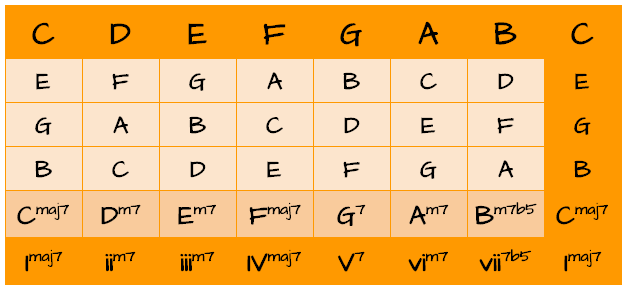
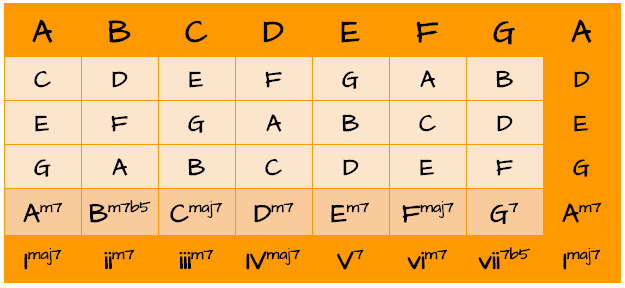
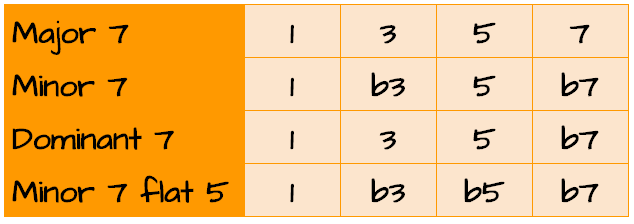
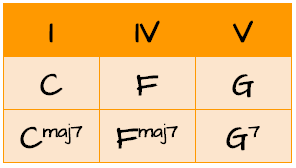
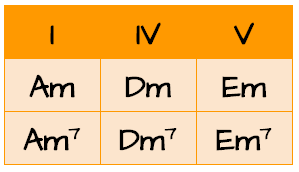






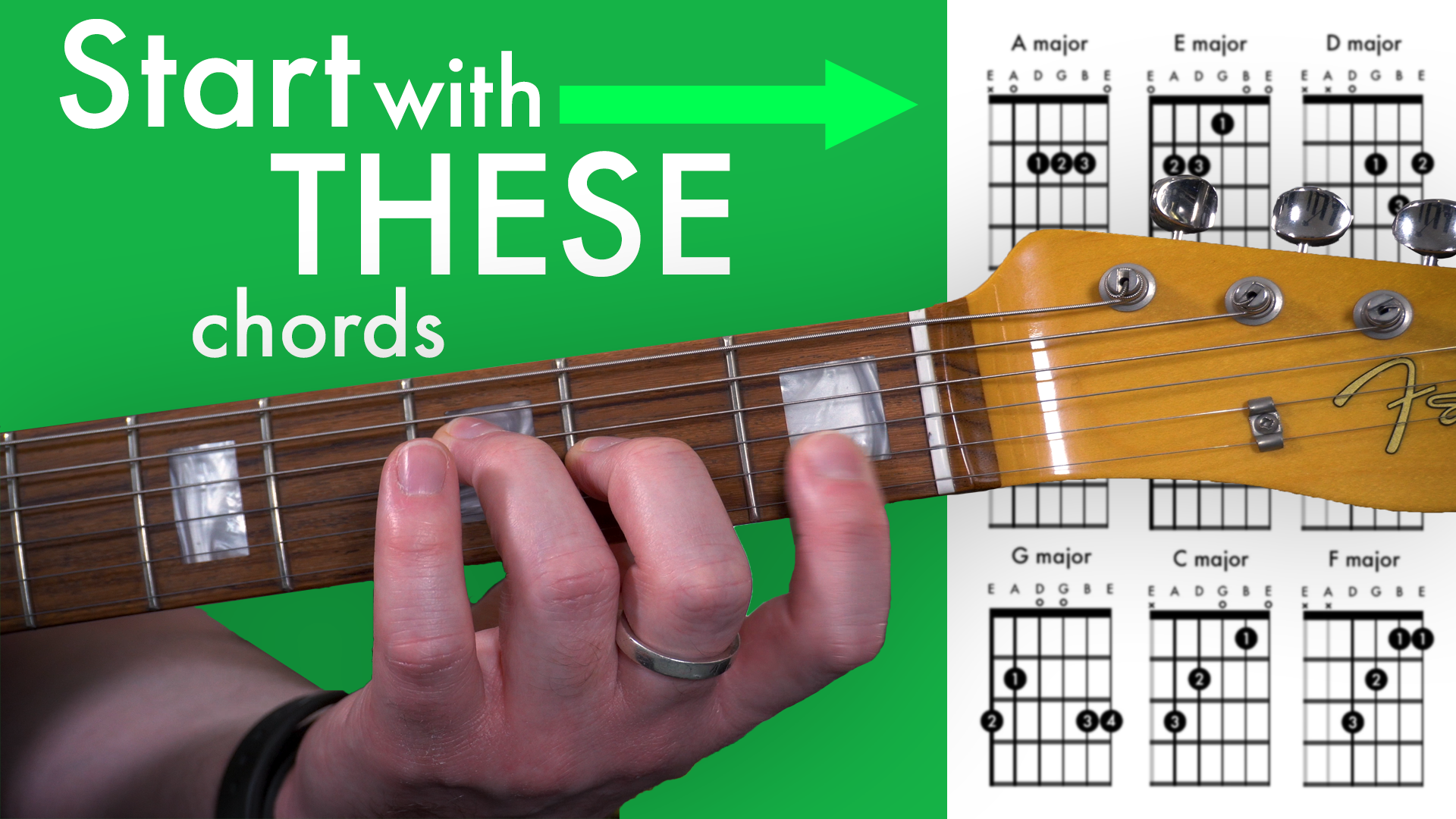

A guitarist who has learned all the notes on the fretboard: Can more effectively learn scales and chords; Has a better understanding of keys, intervals, and scale degrees; Is able to more easily memorise songs; Has a greater capacity to understand music theory; Is more effectively able to develop their aural skills; Gets ‘lost’ far less frequently when they are improvising on the guitar.